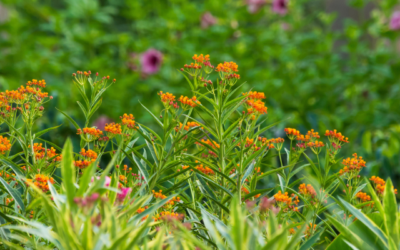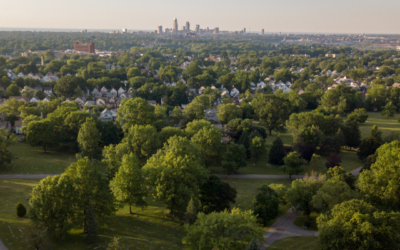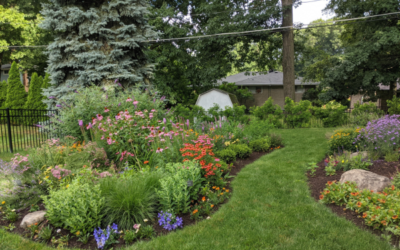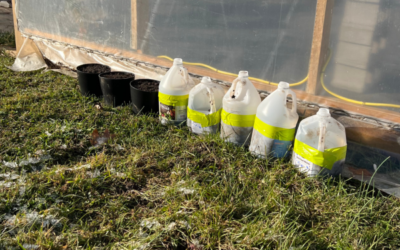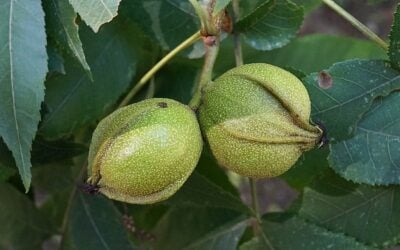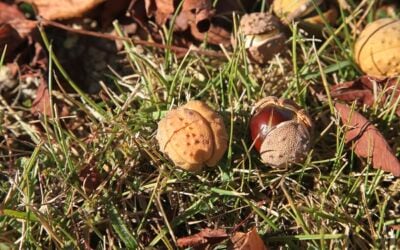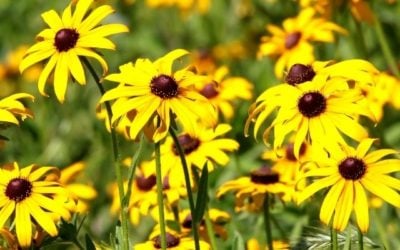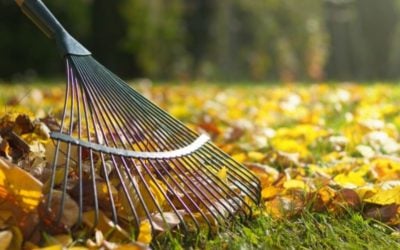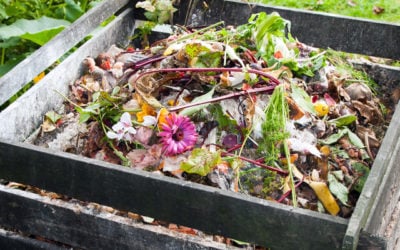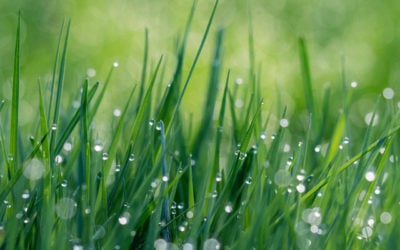Sustainable Design for Your Yard

Sustainable Design
DESIGN WITH NATURE IN MIND
Take cues from nature. Even if you choose not to convert your home habitat to a completely naturalized landscape, such as a prairie or woodland, there are ways to design home landscapes that make spaces more environmentally healthy and family friendly.
Sustainable landscape design should be:
Functional
Allow for ease of movement, work, recreation and leisure that occur in and around the landscape.
Maintainable
Reduce maintenance to a particular level or condition, lowering labor costs and easing maintenance operations. A maintainable landscape also reduces the need for inputs such as fertilizers, pesticides, equipment and water.
Environmentally Sound
A philosophy of “right plant, right place” as well as “right plant, right purpose” should dictate the amount of environmental, disease, and insect stress that a plant can tolerate.
Cost Effective
Cost effectiveness is impacted by the inputs, maintenance, plants and hard goods used in the implementation of the landscape, and by the quality of each.
Visually Pleasing
Beautiful yards are sustainable yards because we are inspired to care for them year after year!
INCLUDE MORE GROUND COVER, LIMIT GRASS/TURF
Minimize time spent mowing. Ground cover does more to capture rain water and runoff. It shades the ground, cools soil, promotes growth, and improves soil quality. Environmental standards for homes encourages homeowners to reduce lawn cover to less than 50% of landscape in a region with rainfall like Northern Ohio.
Incorporate Shade Trees
Urban trees limit the stress placed on stormwater management systems, provide cooling shade (which limits the need for air conditioning), provide a buffer between the street and lawn, absorb urban pollution, lower ozone, reduce blood pressure, add value to homes and provide homes to wildlife.
Think about Rain Gardens
Do you have areas where water accumulates in your yard? Consider making the spot more useful by incorporating a rain garden. Rain gardens capture water before it can collect in low places. Rain is collected and filtered before it enters the stormwater system.
Attract Wildlife
Most homeowners enjoy some wildlife. Consider what types of birds, animals or insects you might want to attract, and choose the types of plants that will provide food and shelter for those species. For example, cardinal flower does well in wet soils and attracts ruby-throated hummingbirds.
Plant one tree or four 5-gallon shrubs per 500 square feet of land disturbed by construction (including the area of the home footprint).
More Articles for a Healthy Yard and Home
How To Fight Stream Pollution Through Effective Stormwater Management
In this guide, we’ll explore and address how pollutant loading in streams is crucial for the well-being of both watersheds and communities.
Roots of Sustainability: Understanding the Importance of Trees in Urban Living
A healthy urban tree canopy has a profound and positive impact on community quality of life in various ways. Recognizing the value of urban trees and investing in their preservation can contribute to sustainable, resilient, and vibrant urban living.
Shrink Your Lawn: A Guide to Growing More Native Plants
In this guide, we’ll explore the importance of reducing your lawn’s size and explain the many benefits it brings, both for your wallet and the environment.
Cold-Weather Cultivation: 8 Steps to Winter Sowing and Seed Stratification
It is important to determine when native seedlings are ready for harvest. Not sure how to? Check out our guide to harvesting native seedlings.
How to Know When Native Seedlings are Ready to be Harvested
It is important to determine when native seedlings are ready for harvest. Not sure how to? Check out our guide to harvesting native seedlings.
Harvesting Guide for Native Seedlings and Plants
Stearns Native Nursery is always in need of native trees and seedlings. To get your native plants to the Stearns Nursery, follow this harvesting guide.
How to Add Native Plants to Your Garden
Many of us have chosen to cultivate species and landscapes that are not naturally-occurring in our region. It’s wasteful, expensive and detrimental to wildlife who encounter reduced availability of the native species upon which they feed.
Wildlife-Friendly Fall Yard Cleanup
Before any landscape program begins, assess the current conditions of your home landscape. This assessment will help you to identify and prioritize future projects and allow you to appreciate all the positive changes you’ve made.
Composting 101
Before any landscape program begins, assess the current conditions of your home landscape. This assessment will help you to identify and prioritize future projects and allow you to appreciate all the positive changes you’ve made.
Turf Grass Care
Before any landscape program begins, assess the current conditions of your home landscape. This assessment will help you to identify and prioritize future projects and allow you to appreciate all the positive changes you’ve made.

